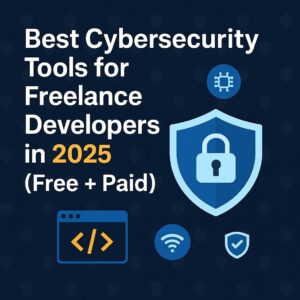
🛡️ Best Cybersecurity Tools for Freelance Developers in 2025 (Free + Paid)
🔐 Why Cybersecurity Is a Must for Freelance Developers in 2025
In 2025, freelance developers aren’t just coders—they’re entrepreneurs, product owners, marketers, and security teams rolled into one. But there’s one role many still overlook: cybersecurity lead.
Whether you’re building an AI-powered SaaS, deploying APIs, or crafting WordPress plugins, you’re handling sensitive data. That makes you a target.
With cyberattacks becoming more automated and AI-enhanced, developers—especially freelancers—are prime targets for:
- Token leaks in public GitHub repos
- Infected open-source packages (supply chain attacks)
- Malware targeting dev environments
- Phishing through Slack bots and VS Code extensions
Fact: 65% of freelancers who were hacked in 2024 lost either clients or significant income.
But here’s the good news: you don’t need a massive budget or a security degree to stay safe. This guide covers the most effective free and paid cybersecurity tools you can start using right now.
🪰 Free Cybersecurity Tools You Should Start With
🔍 1. Semgrep – The Dev-Friendly Static Analysis Tool
- Use Case: Detect security bugs before they hit production.
- Languages Supported: JavaScript, Python, Go, TypeScript, Java, and more.
- CI/CD Ready: Easily integrates with GitHub Actions, GitLab CI, Jenkins.
Semgrep stands out by making security scanning developer-centric. It’s fast, easy to integrate, and built for the real-world pace of freelance projects. Plus, its rule-based engine is customizable for your own project’s security policies.
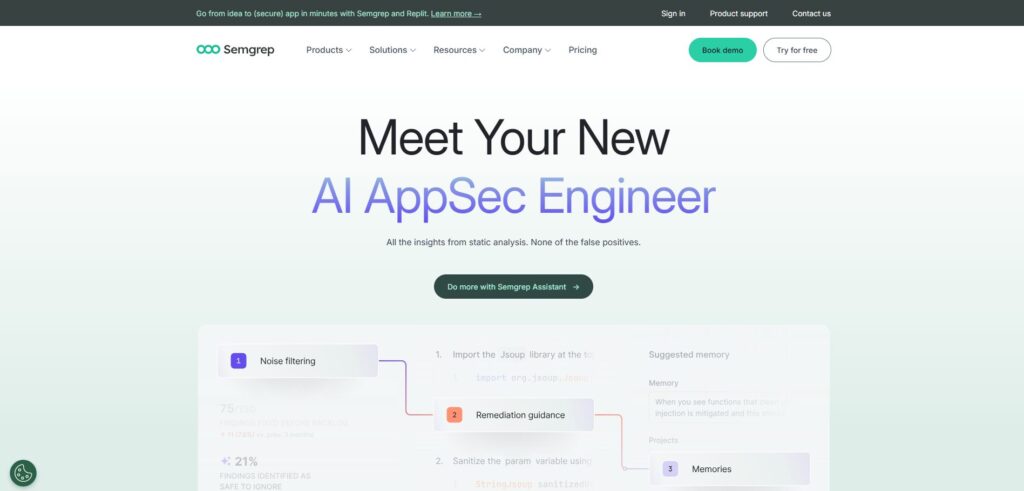
🛡️ 2. OpenVAS – Vulnerability Scanner for Your Servers
- Use Case: Scan your VPS or cloud server for known vulnerabilities.
- Tech: Maintained by Greenbone; actively updated with 50K+ checks.
If you host anything—even a demo site—OpenVAS ensures it’s secure. It checks for misconfigured services, exposed ports, outdated SSL protocols, and more.
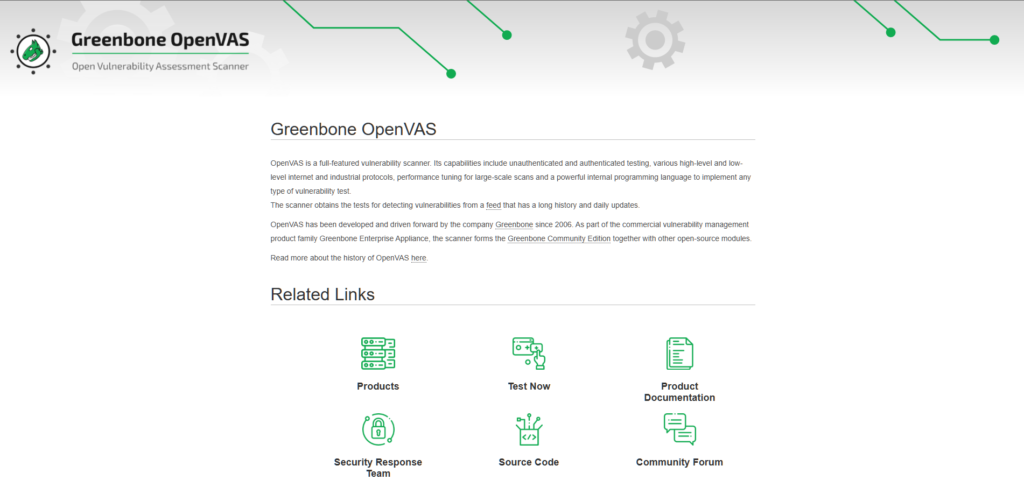
🧐 3. Security Onion – Advanced Threat Detection for Devs
- What It Is: A full Linux distro with Zeek, Suricata, and Elastic Stack built-in.
- Best For: Developers managing Linux-based app servers, AI inference nodes, or SaaS dashboards.
Security Onion turns your server into a self-hosted security operations center. Perfect if you’re experimenting with your own infrastructure.
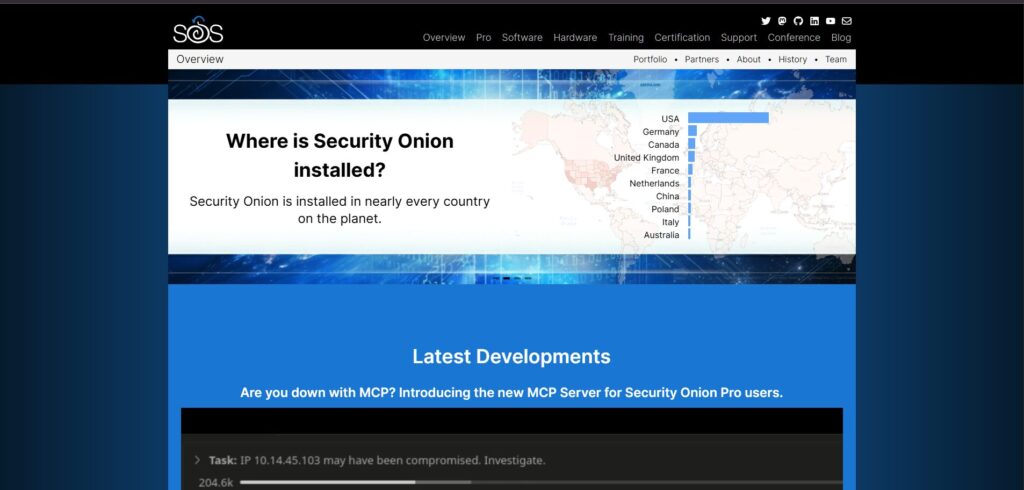
🔐 4. GitGuardian – Protect Your Secrets from Public Exposure
- Free Tier: Scans unlimited public repositories.
- Pro Feature: Scans private repos, Slack, DockerHub, and more.
GitGuardian automatically scans your commits and alerts you if any secret slips through. Essential for keeping API keys, credentials, and tokens safe.
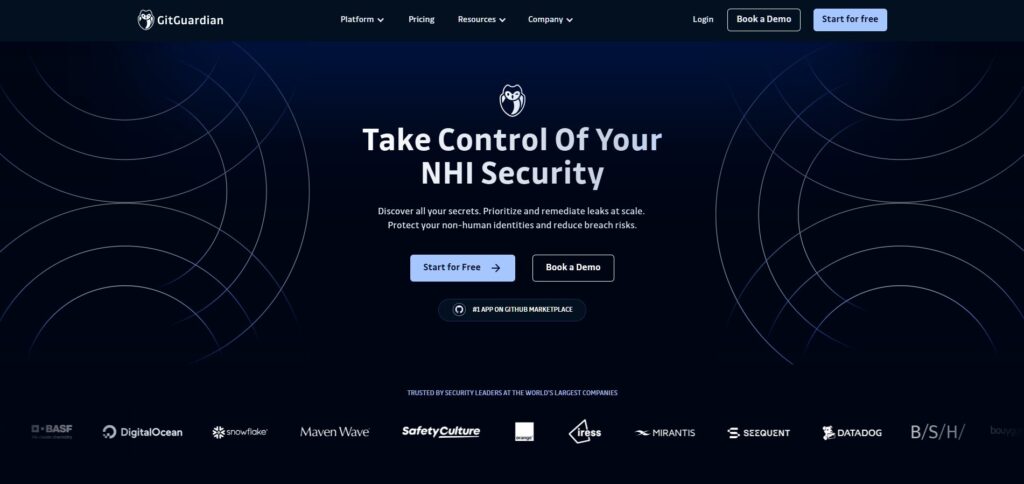
🐍 5. Bandit – For Python Developers
- Use Case: Static analysis of Python projects.
- Finds: SQL injection risks, unsafe evals, poor hashing, and more.
Bandit is a must-have if you’re freelancing in Flask, Django, or FastAPI. Lightweight, easy to integrate into pipelines, and fast.
💼 Premium Cybersecurity Tools Worth Investing In
🧥 6. CrowdStrike Falcon – AI-Powered Endpoint Security
- Use Case: Protect your local dev machine from malware, ransomware, and keyloggers.
- Tech Edge: Uses machine learning + cloud analytics for zero-day detection.
- Why Freelancers Love It: Lightweight agent, minimal system drag.
🔐 7. Okta CIAM – Secure Your Auth Flows
- Use Case: Add login, 2FA, and API token security to your SaaS or AI agent.
- Free Tier: Yes, for small dev teams and testing environments.
- Cool 2025 Feature: Adaptive login using AI-based risk scoring.
⚠️ 8. Palo Alto Cortex XSIAM – Security Automation for DevOps
- Use Case: Detect and respond to security threats in real time.
- Why Freelancers Use It: SOC-level protection for DevOps freelancers.
🛪️ 9. Fortinet Security Fabric – All-in-One Firewall + WAF
- Use Case: Secure APIs, dashboards, backend servers.
- Bonus: Offers cloud-based and hardware options.
🕵️♂️ 10. Detectify – External Attack Surface Management
- Use Case: Discover what hackers can see about your deployed projects.
- Cool Feature: Alerts you if a subdomain is vulnerable to takeover.
⚡ DevSecOps: Security in CI/CD for Freelancers
Here’s what a secure pipeline looks like:
# GitHub Actions Example
jobs:
security_scan:
runs-on: ubuntu-latest
steps:
- name: Checkout code
uses: actions/checkout@v2
- name: Semgrep Scan
uses: returntocorp/semgrep-action@v1
- name: Secret Scan
uses: gitguardian/ggshield-action@v1📊 Comparison Table
| Tool | Type | Use Case | Free Tier | Dev-Friendly |
|---|---|---|---|---|
| Semgrep | Free/Paid | Static code scanning | ✅ | ✅ |
| OpenVAS | Free | Server vuln scanning | ✅ | ✅ |
| GitGuardian | Free/Paid | Secret detection in Git | ✅ | ✅ |
| CrowdStrike Falcon | Paid | Endpoint protection | ❌ | ✅ |
| Okta CIAM | Paid | Secure logins & APIs | ✅ | ✅ |
| Detectify | Paid | Surface monitoring | ❌ | ✅ |
| Security Onion | Free | Threat detection | ✅ | ⚫ (advanced) |
| Fortinet Fabric | Paid | WAF + DNS filtering | ❌ | ⚫ (infra) |
| Bandit | Free | Python-specific scanning | ✅ | ✅ |
🚙 Real-World Use Case: Token Leak Disaster
Meet Arjun, a freelance developer. He pushed a prototype to GitHub with a .env file that included his Firebase and Stripe API keys. Within hours:
- Firebase was wiped.
- Stripe account was used to attempt $10,000 in fraudulent charges.
- The client left a 1-star review and terminated the contract.
If Arjun had used GitGuardian or Semgrep, the secrets would have been flagged before the push. This is why proactive security is non-negotiable.
Frequently Asked Questions
Q: Are free tools enough for freelancers?
A: Yes, to an extent. Start with Semgrep and GitGuardian. But invest in endpoint and server protection as your projects grow.
Q: What about WordPress devs?
A: Use Wordfence + 2FA, scan themes/plugins with VirusTotal, and secure wp-config.php. Add a firewall plugin.
Q: What if I work from public Wi-Fi?
A: Use a VPN and CrowdStrike to prevent MITM and injection attacks.
Q: How to learn more?
A: Try Hacker101, OWASP Top 10, and practice with Juice Shop (intentionally vulnerable app).
🌟 Final Thoughts
Cybersecurity in 2025 is more than a checkbox—it’s a career move. Protecting your projects means protecting your future.
Start with the free tools. Add paid solutions when you grow. Automate your scans. Stay vigilant. And remember: your code is only as good as it is secure.







